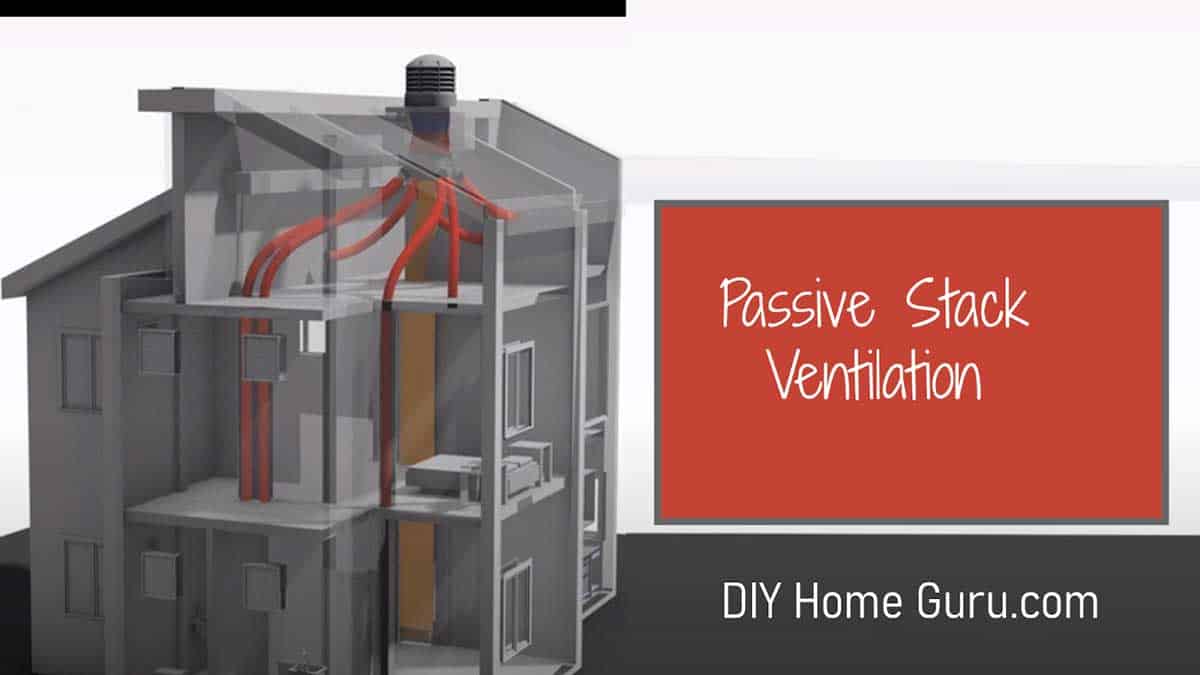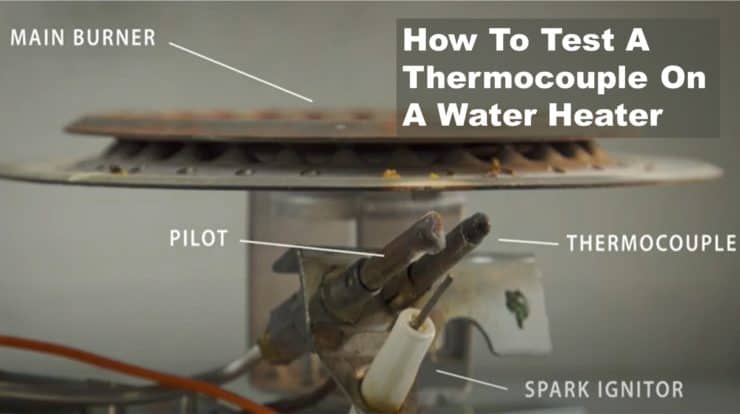Looking for a suitable heater for your home or office space? Luckily, there are several options on the market for you to choose from.
Ranging from fan to wall panel heaters, different choices are available to fit different requirements and budgets.
Here’s a list of the best energy-efficient heaters that won’t break the bank:
1. Fan Heater
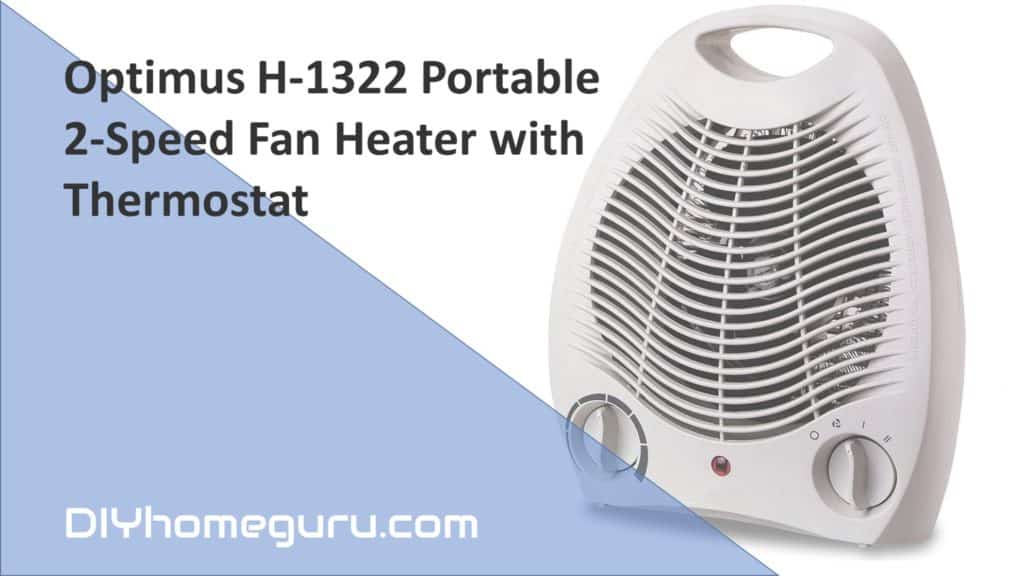
Fan heaters use an electric coil to generate heat and blow it across a room. Fan heaters usually have a ceramic heating element, such as ceramic plates and aluminum baffles, which heats up via electricity. These heaters are economical, portable and lightweight.
Advantages
- Most models have a built-in mechanism where the electricity consumption is cut down when the heating element reaches 380 degrees, making fan heaters a rather safe option.
- Fan heaters are portable. You can place them on a table top in your room or even in your bathroom.
- They can heat a room rather quickly and do not consume much electricity, making them efficient as well as affordable.
Disadvantages
- You can make small rooms warm and comfortable with a fan heater, but the effect is lost quickly if you accidentally let in cold air.
- In a large space, a fan heater may take a while to heat the room.
- If not cleaned for a long time, the heater’s blower can release bacteria into the air, which can be hazardous to your health.
Fan heaters are available for as low as $20, with the most expensive ones priced at around $50 at the time of checking. You can go for the Optimus Portable 2-Speed Fan Heater if you have a small space and are looking for something budget-friendly. Check on Amazon for the latest prices.
2. Halogen Heater
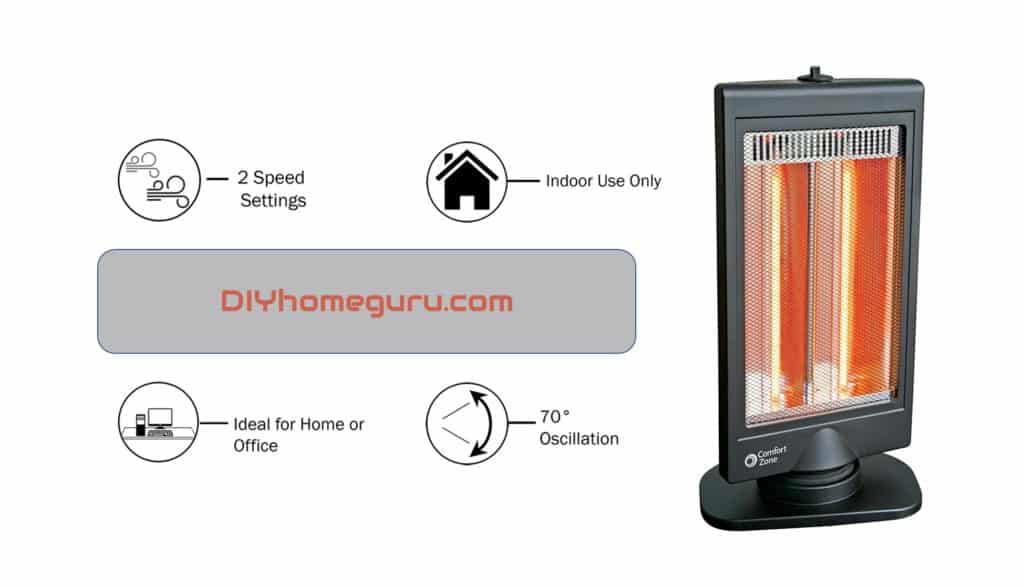
Halogen heaters work by heating halogens when plugged into an electrical source. They operate by converting light from infrared regions into radiant heat. These heaters tend to radiate heat directly onto individuals or objects rather than warming the entire space where they are placed.
There are two types of halogen heaters available on the market. Oscillating heaters have a fan that blows warm air while the other type uses blowers.
Advantages
- A halogen heater entails the use of large bulbs with low overall energy consumption. This makes the heating system more energy-efficient as compared to other electrical heaters.
- It produces eco-friendly heat, as it does not emit hazardous gases, such as carbon monoxide.
- The rear side of the heater remains cold to touch even when it is working. This makes it a relatively safe option if you have children or pets at your house.
- Halogen heaters are small in size and can be easily moved from one place to another within the house.
- The equipment heats up immediately when turned on, warming up a room in no time.
Disadvantages
- The front part of the heater tends to become extremely hot.
- Halogen heaters do not heat the entire room, making them an unwise choice for larger rooms.
You can find halogen heaters starting from $35. If you are searching for a sleek and affordable heater to warm a compact room, consider the Comfort Room Oscillating Electric Halogen Radiant Heater.
3. Oil-Filled Heater
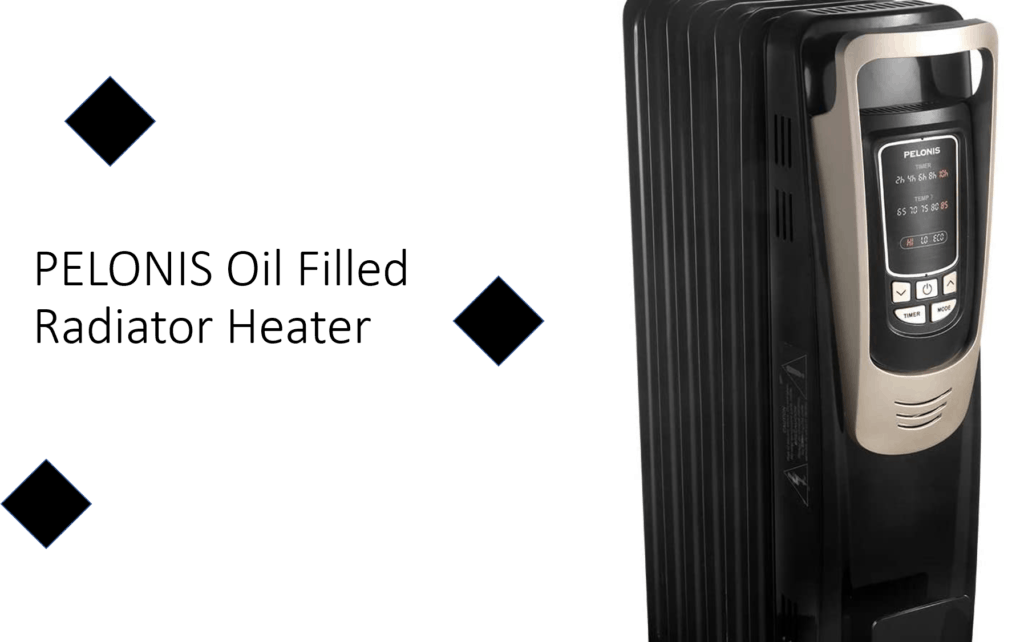
Oil-filled radiators have a fluid inside, which expands and releases heat when air passes through the radiator’s surface. The heat from this radiator provides warmth to the room.
Advantages
- These heaters have the benefit of being extremely energy-efficient, as all of the electricity consumed by it is converted into heat.
- They are soundless.
- Oil-filled heaters do not dry out the ambient air in the room.
- When an oil-filled heater is turned off, it does not cool down immediately. This way, it continues to keep the room warm for some time even after being turned off.
Disadvantages
- The metal body of the heater can become very hot. Make sure that you keep children and pets away from the heater.
- Oil-filled heaters are not portable due to their weight.
- They take a while to warm up the room.
Be careful to never use an extension cord to plug in this heating system. Once the oil inside the heater is hot enough to produce warmth, it does not require much electricity. Efficient energy consumption leads to reduced electricity bills.
The initial cost of an oil-filled heater is a bit higher than fan and halogen heaters, but you can shop around and choose a pocket-friendly one. The PELONIS Oil Filled Radiator Heater is an economical option for medium to large rooms.
4. Wall Panel Heater

As the name suggests, a wall panel heater can be easily fixed on any wall in your room. The heater is easy to install and has a slim and compact look.
Advantages
- Turning on this heater is easy. All you have to do is plug it in and push the power button.
- These heaters are safe as they do not get warm enough to cause combustion. They also tend to shut down if an object comes too near.
- Wall panel heaters heat up fast and can warm up rooms well.
Disadvantages
- If you require long cords, you may find those of a wall panel heater too short.
- They may not be a good choice for larger rooms.
- They do not contain any ducts, which means that the room will take a longer time to heat as air is not blown around the room.
Electric wall panel heaters usually start from a little over $100. The De’Longhi Convector Panel Heater is one of the best options if you would like an energy-efficient heater that can also be easily mounted on a wall.
5. Infrared Panel Heater

These heaters use radiation to produce heat. Like halogen heaters, they tend to provide warmth to the people and furnishings rather than the room as a whole.
Advantages
- No pipes are needed to install these heaters. They can be mounted on walls and ceilings using brackets.
- As infrared panel heaters require electricity, using them will lower gas costs.
- There is no likelihood of dust whirling up as infrared heaters require panels to heat rather than relying on air circulation methods.
- You can keep the room ventilated at the same time. As these heaters heat objects and people, there is no chance of heat being lost when new air enters the space.
Disadvantages
- Infrared panel heaters are usually extremely hot to touch, making them unsafe for children and pets to be around them. However, some companies have now started manufacturing heaters in cool-to-touch cabinets.
- Heat is transferred in a direct line, making it difficult to warm the entire room.
- As the heater warms objects in its close vicinity only, the heat is lost very quickly when you turn off the heater.
These heaters are slightly expensive than others, but if you feel they best fit your requirements, you can find an array of options to choose from. Check out the Wexstar Infrared Panel Heater if you are looking for a quiet, low-maintenance heater.
There are a wide variety of heaters available on the market. Make sure to analyze the features of each and choose the best one for your requirements and budget.


